Finish'd & Magnificent: Capability Brown & the Bute Landscape at Luton Hoo
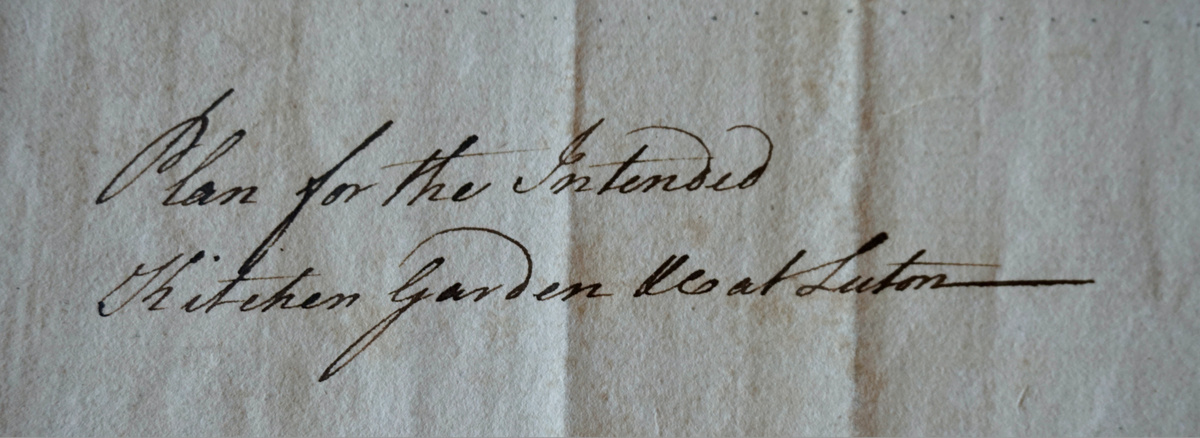
The Bute Collection at Mount Stuart holds an abundance of stories about some of most celebrated figures from history - including England's "greatest gardener", Lancelot 'Capability' Brown. On the anniversary of his birth and baptism, read on to learn more about the Bute connection to the innovative Brown's work on the landscape at Luton Hoo in Bedfordshire.
Lancelot ‘Capability’ Brown, a name synonymous with the English Landscape Park, was a landscape architect who created over 170 gardens during the 18th Century. Although his work never extended into Scotland he did work on many gardens for the Bute Family in England and Wales, namely at Luton Hoo, Highcliffe House and Cardiff Castle. Brown was baptised on 30th August 1716 in Northumberland, the fifth of six children. His father was a farmer and his mother worked at Kirkharle Hall where, after finishing school, Brown went to work as a gardener until in 1739.
In 1741 Brown moved on to Stowe in Buckinghamshire where he worked under William Kent, the landscape architect who is credited for the initial development of the ‘natural’ style of the English landscape garden for which Brown arguably became more famous. While at Stowe, Brown established himself as an independent designer and was successful enough to move with his family to Hammersmith in London.
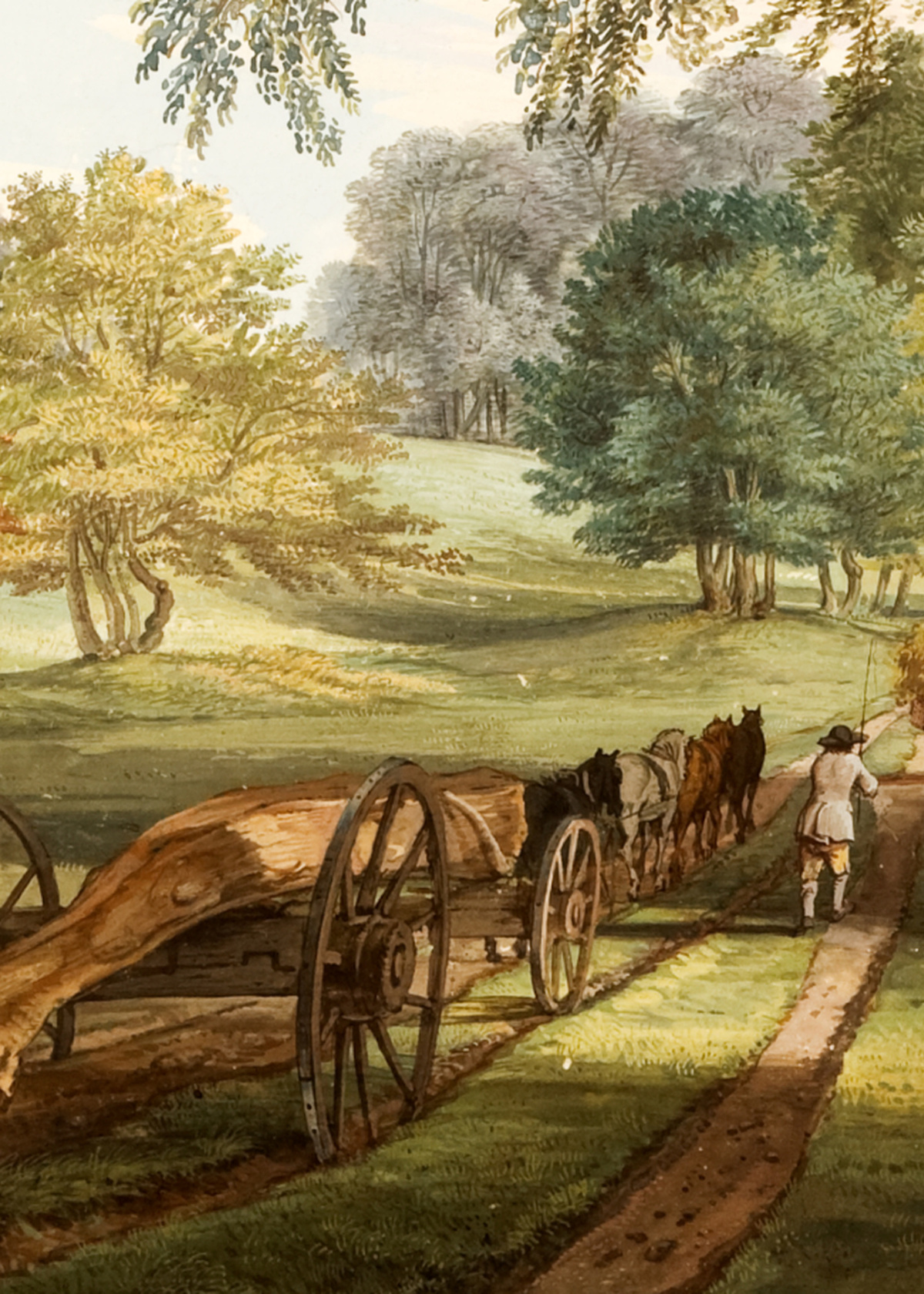
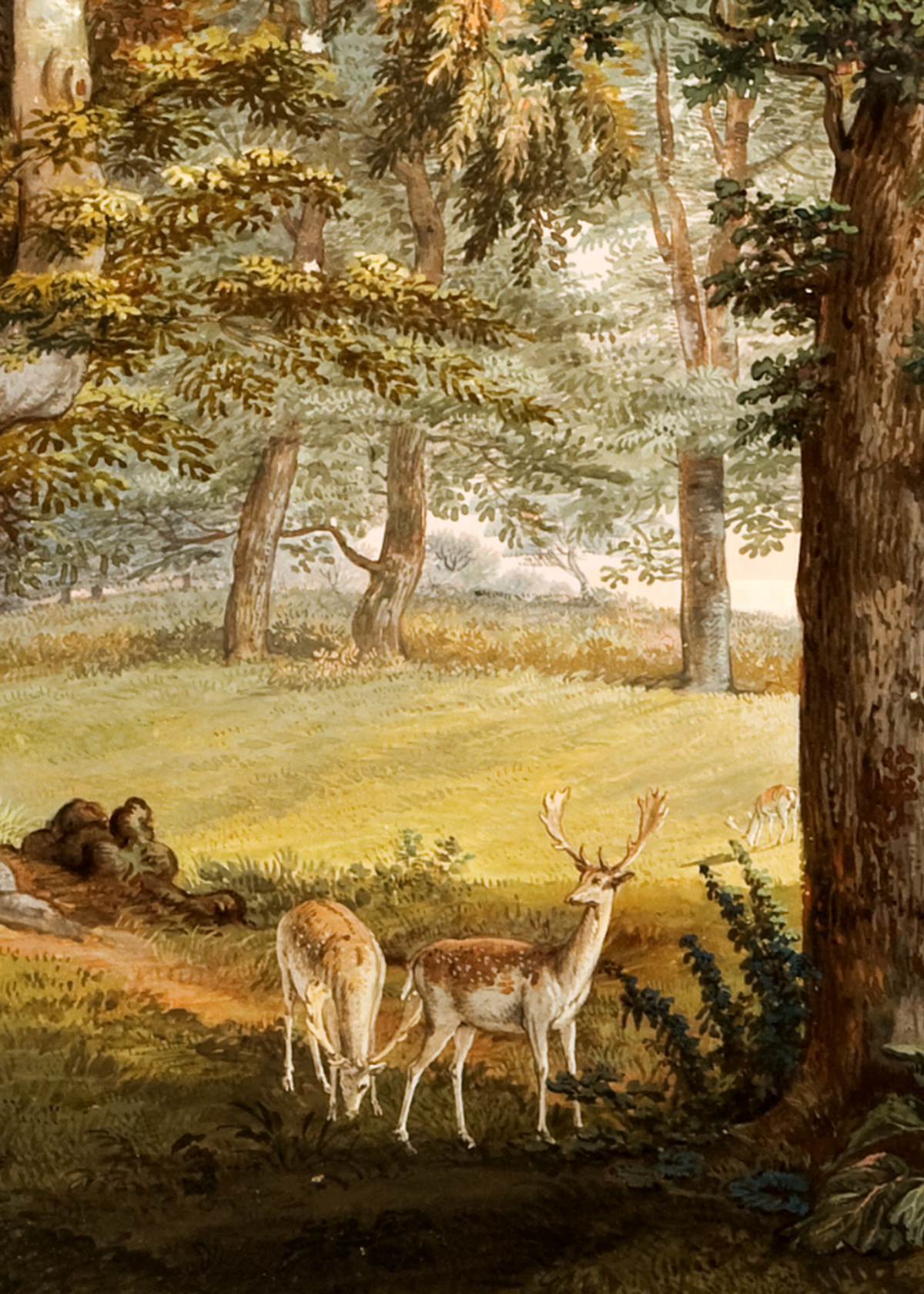
Brown’s style, developed from the work of the previous generation of landscape architects, like William Kent and Charles Bridgeman, was a ‘gardenless’ approach to landscaping. He believed that a landscape should provide for all the needs of the house while remaining coherent, elegant and ‘naturalistic’. A landscape park would stretch for many acres from pleasure grounds into working landscape and back again and Brown’s designs cleverly made these different areas of parkland appear to be a cohesive whole through the use of measures which trick the eye, such as ha-has or screens of trees. The main features of many of his gardens were smooth, undulating lawns, studded with clumps and belts of trees, rolling down to serpentine lakes.
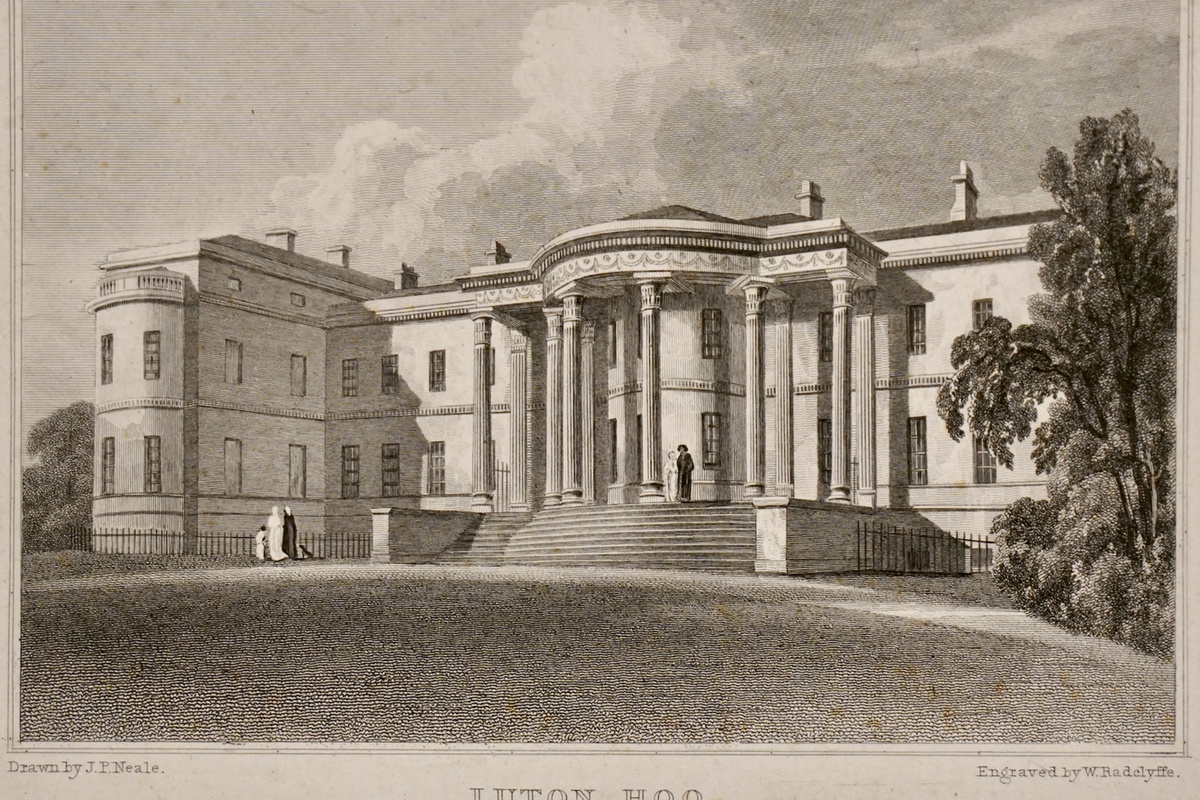
The Bute Bedfordshire home: Luton Hoo. Proof engraving of Luton Hoo, drawn by J.P. Neale and engraved by W. Radclyffe. (London: 1819) - The Bute Collection at Mount Stuart.
Brown’s longest working relationship with a member of the Bute Family was with the 3rd Earl of Bute at Luton Hoo. Brown may have even told Bute about the upcoming sale of the original house and parkland as it is suggested that he was responsible for some planting and garden structures there. In turn, Bute introduced Brown to King George III who ultimately appointed him Surveyor to His Majesty’s Gardens and Waters at Hampton Court in 1764.
At Luton improvements to the park began in 1764 while Robert Adam began work on the house in 1767. For the grounds, Brown created sloping lawns down to the river, dotted with clumps of trees, and a 5 acre, octagonal walled garden three quarters of a mile from the house. Brown's naturalistic vision for Luton's improvements can be seen in a fascinating plan from the Bute Collection at Mount Stuart, showing the intended Kitchen Garden and surrounding landscape. The full project required huge amounts of water not only to feed the botanical garden and to provide for the flushing toilets in the house, but also to create a pair of lakes from the River Lea which flowed through the landscape.
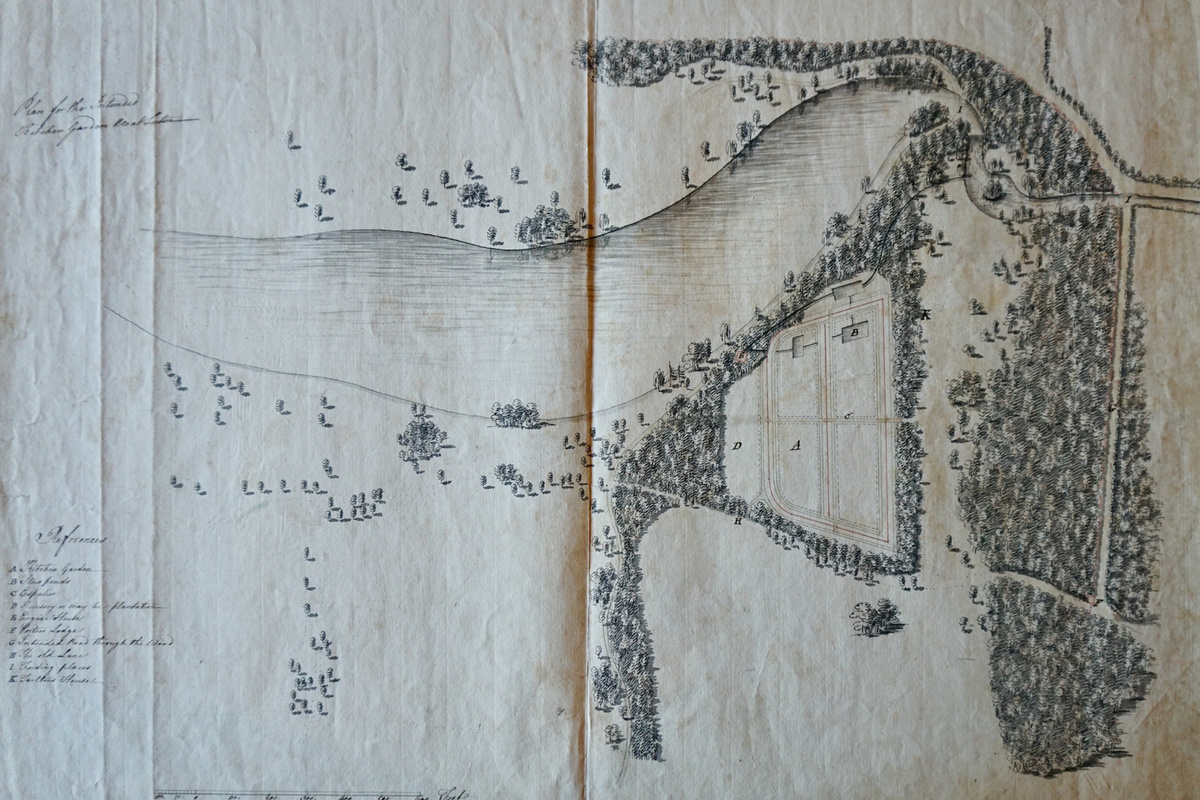
Brown's naturalistic landscape for the 3rd Earl of Bute. 'Plan for the Intended Kitchen Garden &c at Luton' by Lancelot 'Capability' Brown, c.1765 [Bute Archive Ref: LE/P/45] - The Bute Collection at Mount Stuart
Bute was already well acquainted with the realities of grappling with water; he had sea water pumped to Mount Stuart 20 years previously and had required Robert Adam to include piped water in his plans for Dumfries House. The landscaping work at Luton was extensive, with the total cost coming to around £12,000, roughly £2.2 million today; Brown was only ever paid more for his work at Blenheim Palace.
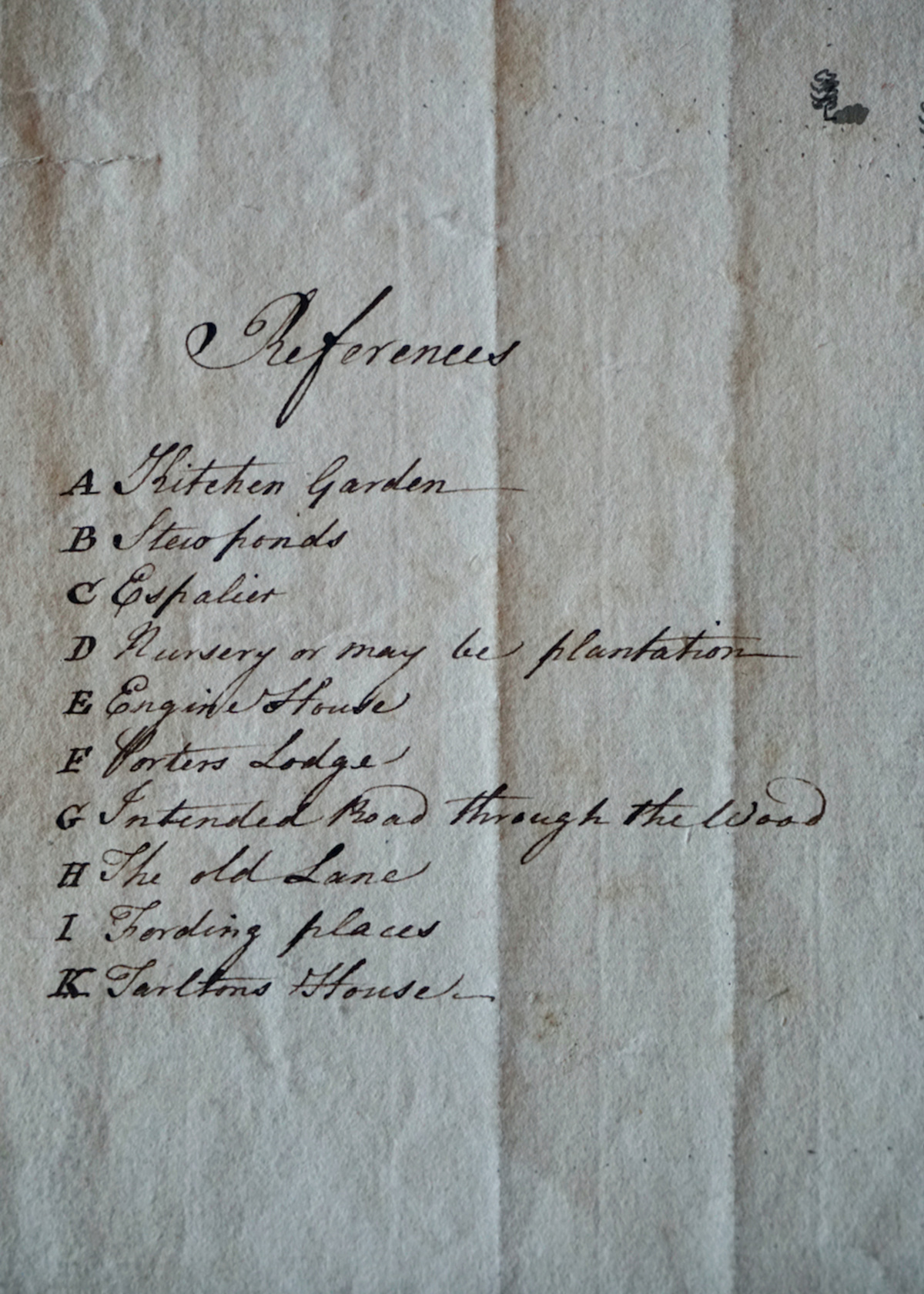
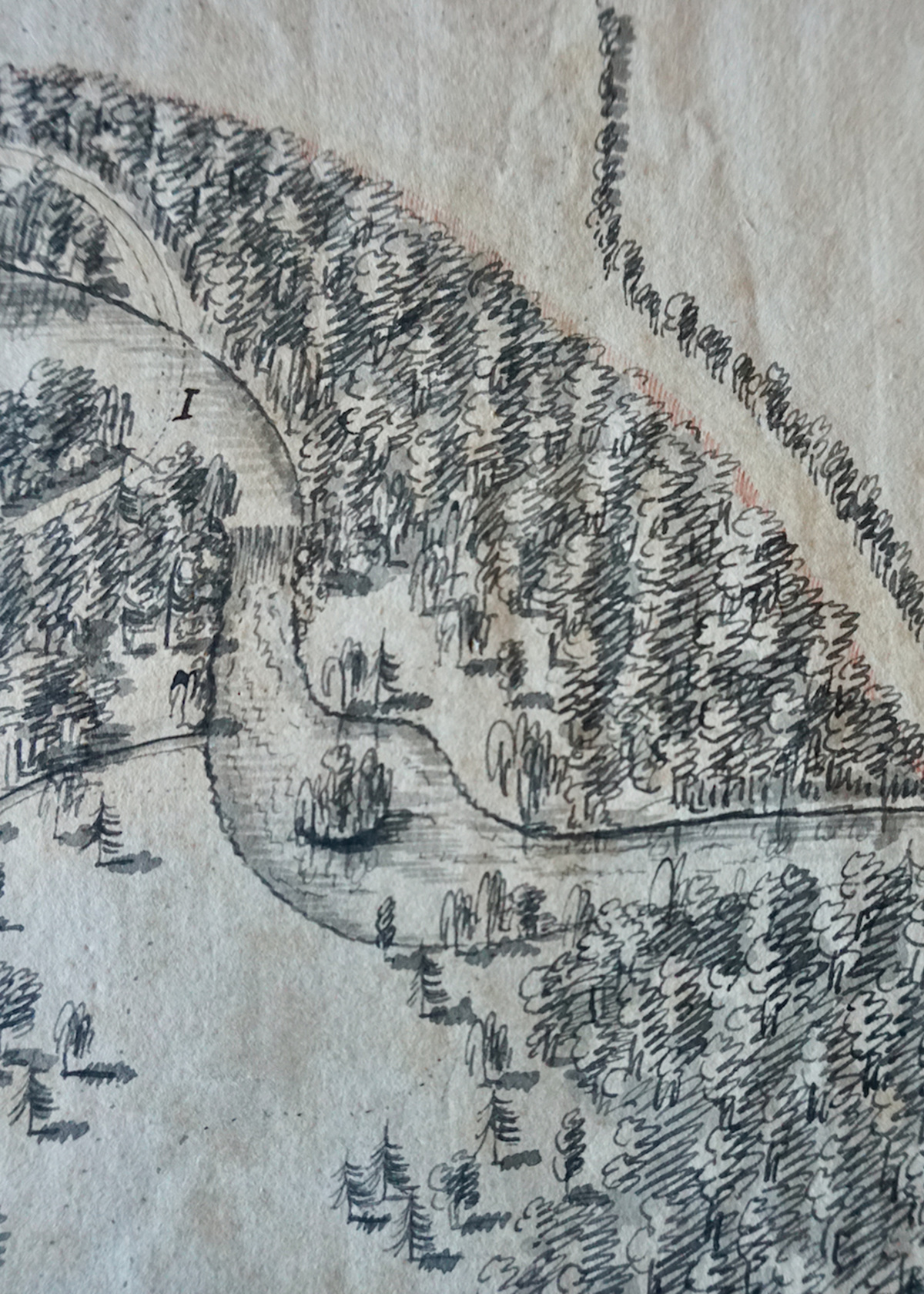
As the Earl and the Countess reached old age, living at Luton became less practical and they relocated to the solitude of Highcliffe in Dorset where Brown had also laid out the gardens. Bute passed away in 1792 having never finished the building work at Luton, although he did always ensure the park and gardens were maintained. Luton was left to his son Lord Mountstuart; the 1st Marquess, as he became, had worked with Brown at Cardiff Castle in the 1770s.
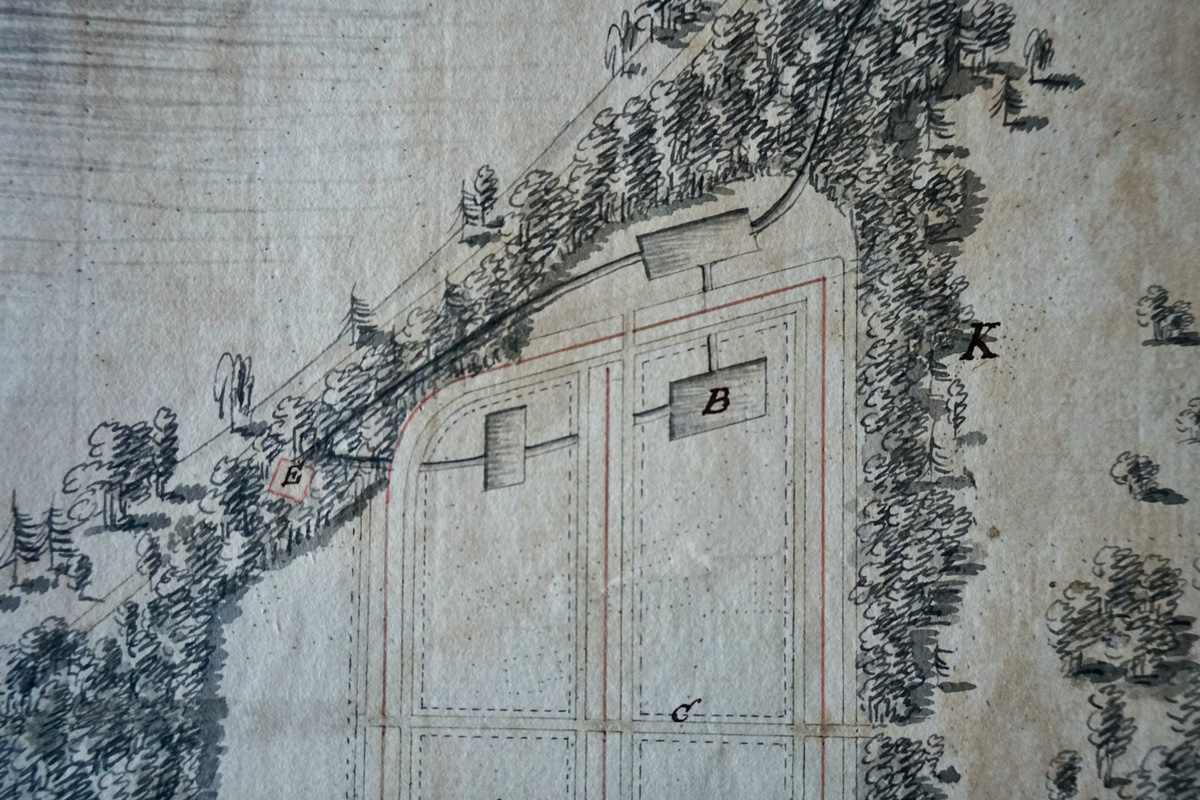
Screens of trees drawn in pen, ink and wash. 'Plan for the Intended Kitchen Garden &c at Luton' by Lancelot 'Capability' Brown, c.1765 [Bute Archive Ref: LE/P/45] - The Bute Collection at Mount Stuart.
The 3rd Earl was a patron who would have had very clear opinions on what he wanted from Brown not least because of his own interest in gardens and botany but this would have been a help rather than a hindrance; together they created a landscape at Luton that was praised by visitors for many years.
“This place is in greater beauty that I ever saw it the water is now finish’d & is magnificent & the quantity of flowers is amazing. You know, I believe there are thirty acres of ground laid out in walks with a boarder for flowers of twelve feet on each side which is now in its high beauty as the flowers now blooming are almost all of them sweet & they perfume the air. There is a flower garden besides which is for those of a superior kind. In short there is nothing like it…which you will easily believe when you consider that L[or]d Bute understands these things beyond any other person & that he spares no expense.” - Lady Mary Coke, 1779
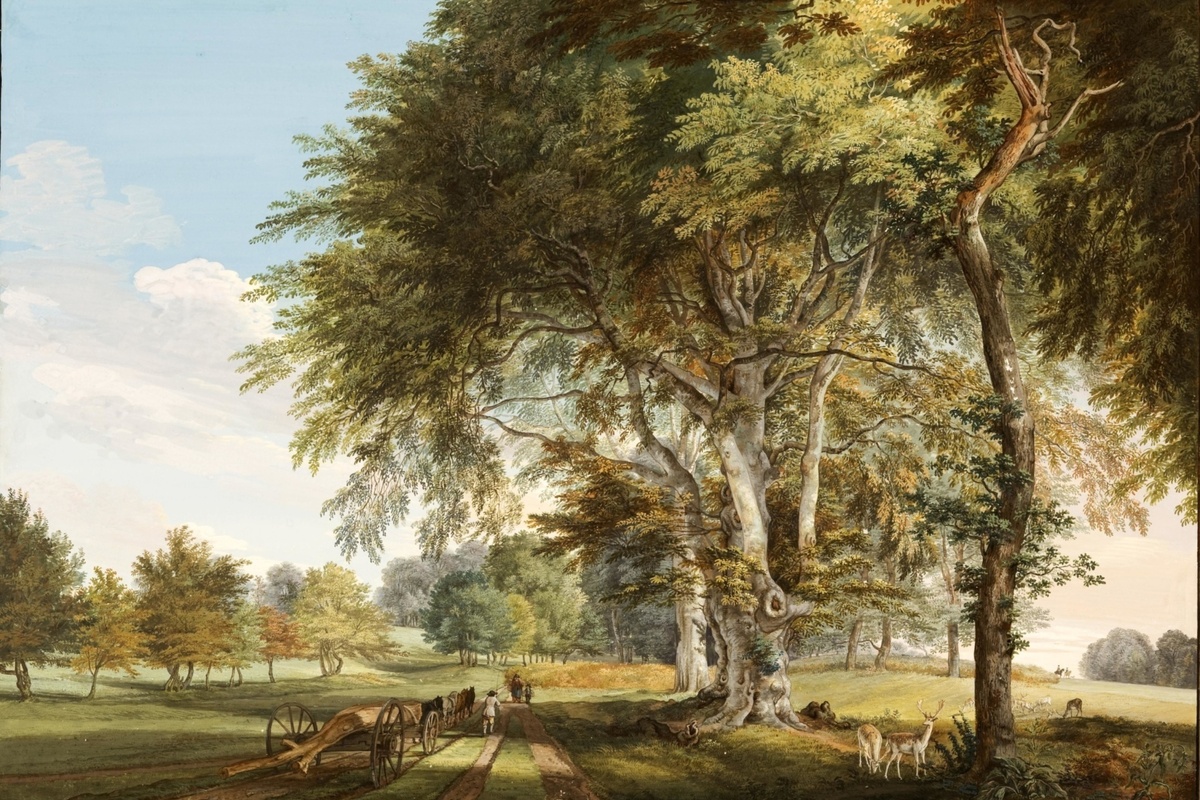
A log wagon, woodsmen and deer in the park at Luton by Paul Sandby, 1765 - The Bute Collection at Mount Stuart.
Discover more fascinating stories from the Bute Collection at Mount Stuart by exploring the Bute Collection Unlocked.
